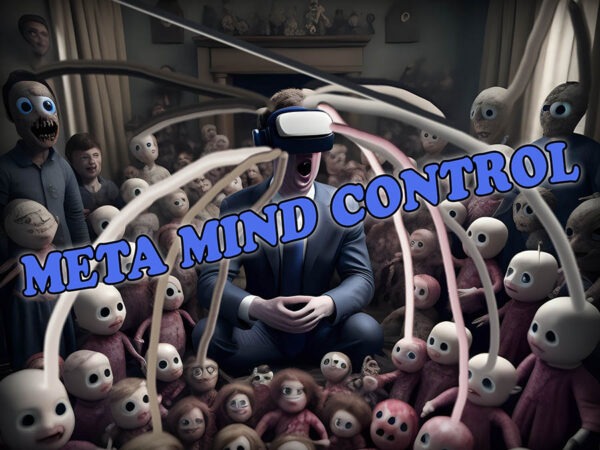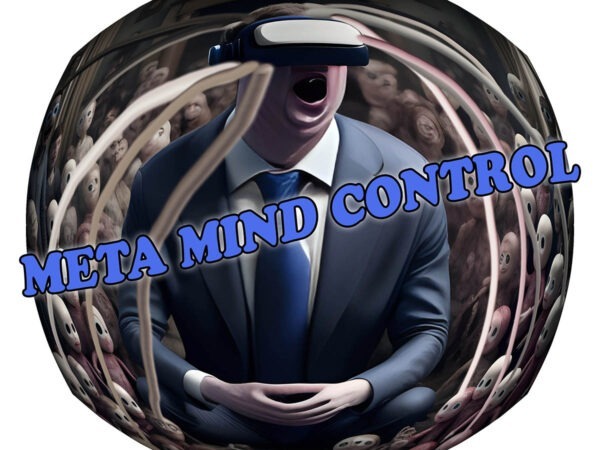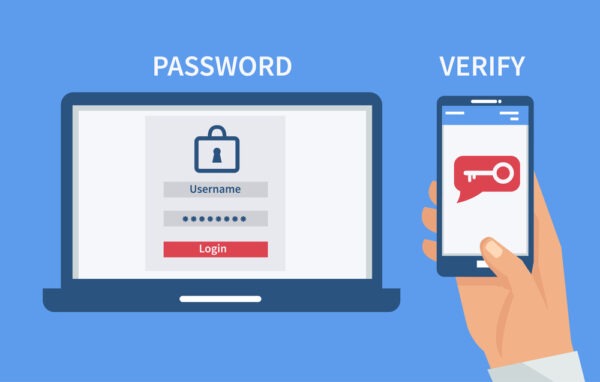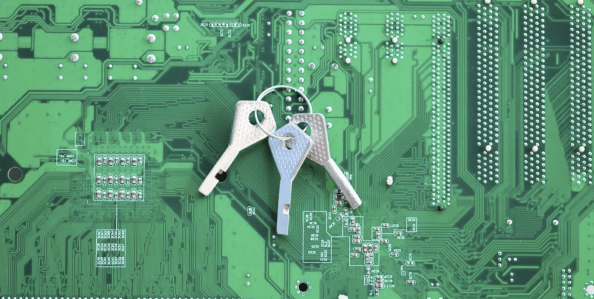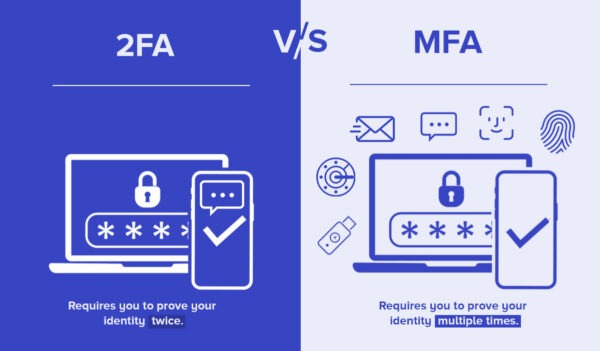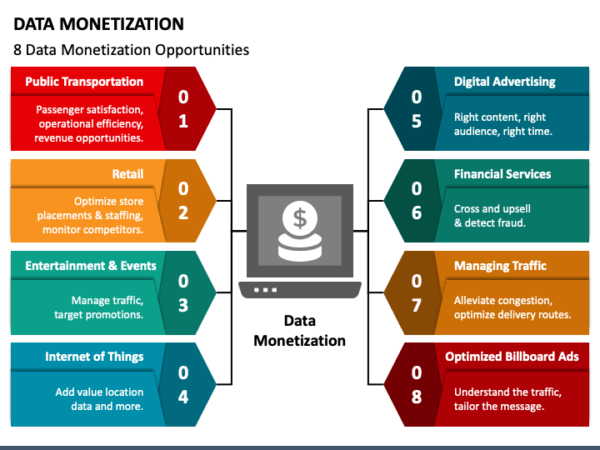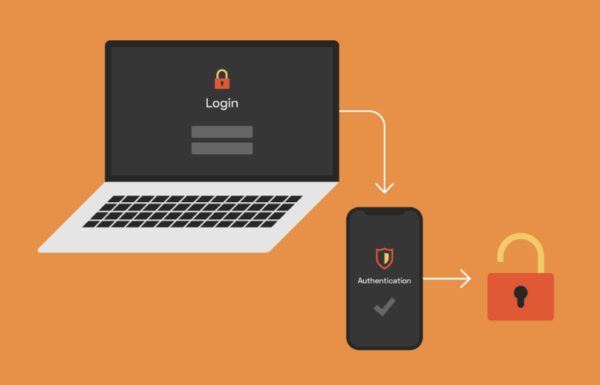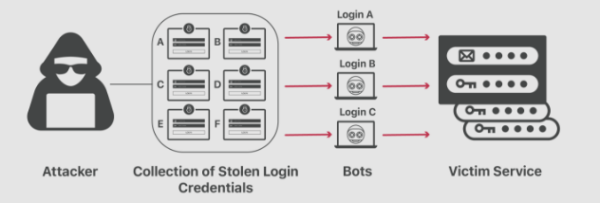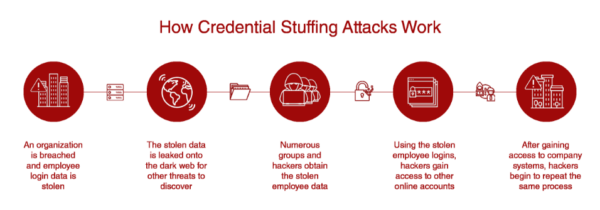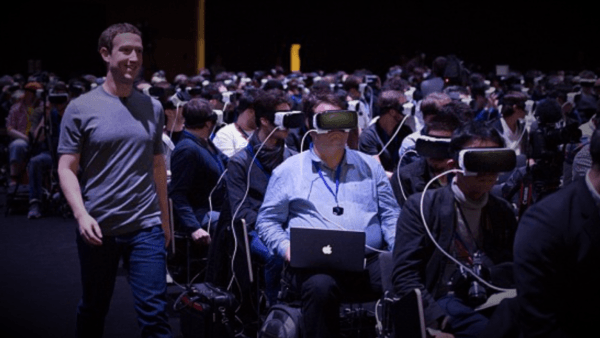The Digital Martyr: Unraveling the Persecution of Aaron Swartz and the Corporate Capture of the Digital Commons

This investigative report takes a serious in-depth look, into the complex, and often troubling narrative surrounding the life and death of Aaron Swartz, a figure whose idealism clashed with the rigid structures of institutional power and information control. In this article, We shall examine the aggressive federal prosecution Aaron Swarz faced for alleged computer crimes, and analyze the disproportionate application of law and its profound human cost. Concurrently, the report scrutinizes the corporate evolution of Reddit, a platform Swartz co-founded, tracing its transformation from a vision of open discourse to a commercially driven entity. By applying the “Embrace, Extend, Extinguish” framework, it reveals how subtle shifts in ownership, policy, and algorithmic design can reshape digital public squares, effectively silencing dissenting voices without overt censorship. The analysis concludes that while direct post-mortem theft of Swartz’s personal digital assets is unsubstantiated, the true “nefarious acts” manifest in the systemic pressures that curtailed his activism and fundamentally altered the digital commons he championed, leaving a critical legacy for future digital citizens.
Introduction: The Enduring Shadow of Aaron Swartz: A Call for Critical Inquiry
Aaron Swartz, a prodigy of the early digital age, remains an emblematic figure in the ongoing discourse concerning digital rights, information accessibility, and the inherent tensions between individual liberty and institutional authority. His life, a vibrant tapestry of technological innovation and fervent activism, was tragically cut short at the age of twenty-six under circumstances that continue to provoke intense scrutiny and speculation. This report undertakes an unflinching, anti-establishment investigation into the forces that converged upon Swartz, exploring the severe legal pressures he endured, the disposition of his digital creations, and the profound metamorphosis of Reddit, a platform he helped bring into existence. The central premise guiding this inquiry is the examination of how idealism, when confronting entrenched power structures, can be systematically undermined, leading to a transformation of digital spaces from promised bastions of liberation to controlled environments. By dissecting these interwoven narratives, this analysis seeks to illuminate the mechanisms through which information control is exerted in our networked society.
Part I: The State’s Hammer: Aaron Swartz and the Weaponization of Law
The JSTOR Incident: Idealism Meets the Law’s Blunt Instrument
Aaron Swartz’s actions in late 2010 and early 2011, involving the download of millions of academic articles from JSTOR via the Massachusetts Institute of Technology (MIT) network, were not born of malice or personal gain, but from a profound philosophical conviction in the principle of open access to knowledge. He viewed the paywalling of scholarly research, much of which is publicly funded, as an unjust enclosure of a collective heritage, a “private theft of public culture”. His method involved connecting a laptop to an unlocked wiring closet on the MIT campus and running a Python script, “keepgrabbing.py,” designed to automate the rapid download of articles.
The responses from the entities directly involved in this incident reveal a striking divergence. JSTOR, the digital repository from which the articles were downloaded, initially responded by blocking Swartz’s IP addresses. However, following his arrest, JSTOR reached a civil settlement with Swartz in June 2011, under the terms of which he surrendered the downloaded data. Crucially, JSTOR explicitly communicated to the U.S. Attorney’s Office that they had “no further interest in the matter and did not want to press charges”. MIT, while acknowledging that Swartz’s actions constituted “clear violations of the rules and protocols” of their network, also expressed that the severity of the potential penalties seemed to “go against MIT’s culture of breaking down barriers”. Despite this, MIT maintained a largely neutral stance during the subsequent federal prosecution, a position that drew significant criticism from Swartz’s family and open-access advocates who felt the institution should have actively supported him.
The decision by federal authorities to pursue criminal charges with such intensity, despite the primary alleged victim’s disinterest in prosecution, underscores a fundamental aspect of the state’s power. This pursuit was not primarily about restitution or protecting JSTOR’s immediate financial interests. Instead, it suggests a broader state agenda related to enforcing information control and property rights in the digital age. The perceived “victim” in this scenario extended beyond JSTOR to potentially encompass the established academic publishing industry and the very concept of proprietary information itself, both of which Swartz’s actions directly challenged. This dynamic highlights a critical tension where the state can leverage its legal apparatus to set precedents and make an example of individuals, even when the directly aggrieved party has moved on. It signals a shift from a harm-based justice model to one driven by ideological enforcement and the preservation of entrenched power structures.
Prosecutorial Overreach: A System Rife with Intimidation
Despite JSTOR’s explicit disinterest in criminal prosecution, federal authorities, spearheaded by U.S. Attorney Carmen Ortiz and Assistant U.S. Attorney Stephen Heymann, pursued Aaron Swartz with an unwavering and, arguably, excessive zeal. Swartz faced multiple felony counts, including wire fraud and eleven violations of the Computer Fraud and Abuse Act (CFAA). These charges carried a cumulative maximum penalty that escalated from 35 years to an astonishing 50 years in prison, alongside a $1 million fine, asset forfeiture, and supervised release.
Prominent critics, including former Nixon White House counsel John Dean and Harvard Law professor Lawrence Lessig, decried the prosecution as “overcharging” and “overzealous,” even labeling it “Nixonian” in its intensity. Legal experts, such as retired federal judge Nancy Gertner and Jennifer Granick, questioned the proportionality of the charges, noting that such lengthy sentences are virtually unheard of for similar cases. They underscored the CFAA’s nature as a “blunt instrument” with broad and vague interpretations, allowing prosecutors immense discretion.
The prosecution employed highly coercive plea bargaining tactics. Swartz was presented with offers ranging from four to six months in prison if he pleaded guilty to all 13 felonies, coupled with explicit warnings that rejecting these offers would result in significantly harsher terms, including a seven-year sentence if he chose to go to trial and lost. Swartz, however, steadfastly rejected these deals, refusing to admit guilt for actions he genuinely believed were not criminal.
The continuation of escalating charges, despite the alleged victim’s withdrawal and the widespread legal criticism, illustrates a chilling aspect of bureaucratic momentum. Once initiated, the criminal justice system can exhibit a tendency to spiral beyond reasonable bounds. This phenomenon is not necessarily driven by personal animosity but by a systemic imperative to justify its own processes and power. The objective can subtly shift from achieving justice to securing a conviction, making a public example, and validating the system’s existence and authority. This “Kafkaesque” dynamic reveals a profound flaw where the immense power of the state, particularly under ambiguous statutes like the CFAA, can be disproportionately applied to suppress perceived challenges to the established order, thereby creating a chilling effect on digital activism and open-access movements.
Table 1: Key Charges and Potential Penalties Against Aaron Swartz
| Charge Category | Specific Counts | Maximum Statutory Penalty (Fines + Prison) | Prosecution’s Plea Offer (Prison) | Prosecution’s Proposed Sentence if Convicted at Trial (Prison) | JSTOR’s Stance | MIT’s Stance |
| Wire Fraud | 2 | $1M + 35-50 years | 4-6 months (for 13 felonies) | 7 years | Settled civilly, no desire to press charges | Neutral, later critical of severity |
| Computer Fraud and Abuse Act (CFAA) | 11 | $1M + 35-50 years | 4-6 months (for 13 felonies) | 7 years | Settled civilly, no desire to press charges | Neutral, later critical of severity |
The Tragic Conclusion: Suicide Under Duress
On January 11, 2013, Aaron Swartz was found dead by suicide in his Brooklyn apartment, at the tender age of twenty-six. The absence of a suicide note left an immediate void, yet the context of his death spoke volumes.
The immediate aftermath was characterized by profound grief and unequivocal condemnation from his family and partner. Their public statement declared, “Aaron’s death is not simply a personal tragedy. It is the product of a criminal justice system rife with intimidation and prosecutorial overreach. Decisions made by officials in the Massachusetts U.S. Attorney’s office and at MIT contributed to his death”. Robert Swartz, Aaron’s father, articulated this sentiment even more starkly at his son’s funeral, stating, “Aaron was killed by the government, and MIT betrayed all of its basic principles”.
Further compounding the controversy, it was reported that Swartz’s initial lawyer, Andy Good, had explicitly warned Assistant U.S. Attorney Stephen Heymann that Swartz was a “suicide risk.” Heymann’s alleged response, “Fine, we’ll lock him up,” if accurate, reveals a chilling indifference to Swartz’s mental state and the potential consequences of the relentless legal pressure. This alleged exchange underscores the perceived lack of empathy and the punitive mindset that critics argued permeated the prosecution.
While the complexities of suicide are undeniable, the direct and forceful statements from Swartz’s family and numerous observers establish a compelling connection between his death and the “intimidation and prosecutorial overreach” he endured. The relentless pursuit, the prospect of decades in prison, and the crushing financial burden, all for actions that JSTOR had settled civilly and did not wish to prosecute criminally, created an unbearable psychological toll. The implicit, or perhaps explicit, aim to “make an example” of Swartz served as a powerful deterrent to others who might dare to challenge established information control systems. This case stands as a stark illustration of the human cost of prosecutorial zeal and the chilling effect it can impose on digital activism and the broader movement for open knowledge. It compels a critical examination of legal systems that prioritize punitive measures over restorative justice or the well-being of individuals, particularly when those individuals challenge powerful interests.
Part II: The Shifting Sands of the Digital Commons: Reddit’s Metamorphosis
From Open Agora to Corporate Property: Reddit’s Foundational Shift
Aaron Swartz’s early involvement in Reddit was foundational, shaping its initial vision as a platform for open discourse and democratic participation. He joined the nascent team in November 2005 when his company, Infogami, merged with Reddit to form “Not A Bug.” Swartz became an “equal owner” and played a crucial role in rewriting Reddit’s codebase from Lisp to Python, utilizing his own web.py framework. This technical shift was driven by a desire for simplicity and maintainability, reflecting the open-source ethos he championed.
However, this period of idealistic, hacker-driven development was short-lived. In October 2006, just over a year after its founding, Reddit (through Not A Bug) was acquired by Condé Nast Publications for an estimated $10 million to $20 million. Swartz quickly found the corporate environment “uncongenial” and was “asked to resign” in January 2007. While debates persist regarding his exact co-founder status, his significant early contributions and ownership stake are well-documented. Reddit later became an independent subsidiary of Condé Nast’s parent company, Advance Publications, in 2011, which remains a major shareholder.
Swartz’s discomfort and eventual ousting from Reddit represent an early and poignant manifestation of the fundamental incompatibility between the open, collaborative, and often anti-commercial ethos of the hacker community and the profit-driven, control-oriented nature of large media corporations. His departure foreshadowed the platform’s inevitable shift away from its founding principles once it was subsumed by corporate interests. This pattern is a recurring theme in the digital realm: platforms born of idealistic, open-source principles frequently struggle to maintain their original character when confronted with the pressures of monetization, scalability, and corporate acquisition. The “transformation from liberation to control” often commences with the very structure of ownership.
Table 2: Reddit Ownership Evolution (2005-Present)
| Year | Key Event/Ownership Change | Primary Owner/Major Shareholder | Approximate Valuation/Acquisition Price | Monthly Active Users (if available) |
| 2005 | Founded | Steve Huffman & Alexis Ohanian | N/A | N/A |
| 2005-2006 | Merged with Infogami, formed “Not A Bug” | Not A Bug (Huffman, Ohanian, Swartz) | N/A | N/A |
| 2006 | Acquired by Condé Nast | Condé Nast Publications | $10M – $20M | N/A |
| 2007 | Aaron Swartz departs | Condé Nast Publications | N/A | N/A |
| 2011 | Became independent subsidiary | Advance Publications | N/A | 25 million |
| 2014 | Restructured under Advance Publications | Advance Publications | N/A | N/A |
| 2019 | Funding round, Tencent investment | Advance Publications, Tencent, VC Firms | $3 Billion | 330 million |
| 2021 | $410M funding round | Advance Publications, Tencent, VC Firms | $10 Billion | N/A |
| 22-23 | IPO plans announced | Advance Publications, Tencent, VC Firms | $15 Billion (projected) | N/A |
| 2024 | Initial Public Offering | Public, Advance Publications (40%), Tencent (5%), Sam Altman (9%) | $6.4 Billion (IPO) | N/A |
The Tencent Implication: A Glimpse into Global Information Control
A significant inflection point in Reddit’s corporate trajectory was the $150 million investment from Chinese technology giant Tencent Holdings in early 2019. This investment, part of a larger $300 million funding round, valued Reddit at $3 billion. The announcement immediately ignited a firestorm of user concern and protest across the platform. Many Redditors voiced profound fears regarding potential censorship and the insidious influence of the Chinese government over the platform’s content. In a remarkable display of digital defiance, users actively posted images known to be banned in China, such as Winnie the Pooh and imagery from the Tiananmen Square protests, as a direct form of symbolic resistance.
While Tencent’s stake was a minority one, reportedly around 5% of the $3 billion valuation , most analysts concluded that this investment was unlikely to grant Tencent direct, controlling influence over Reddit’s content policies outside of China. Tencent is widely recognized as a “passive and stable investor” in numerous Western technology companies. Nevertheless, the sheer perception of a connection to a regime notorious for its stringent internet censorship was sufficient to generate substantial backlash among Reddit’s user base. This reaction highlights a deep-seated distrust of corporate and governmental influence over digital discourse, irrespective of the direct mechanisms of control.
The widespread anxiety triggered by Tencent’s investment reveals that the “silencing” of a platform does not always necessitate direct, overt control. The mere perception of an affiliation with a censorship-heavy regime can be enough to create a chilling effect or encourage self-censorship among users, or at the very least, erode fundamental trust in the platform’s commitment to free speech. This subtle “advisory influence” , or the indirect pressure to align with investor sensibilities, can prove as potent as explicit directives. This scenario illustrates how geopolitical tensions and corporate affiliations can subtly reshape the “digital commons” by influencing user behavior and platform reputation, even without overt “nefarious acts” in content policy. Furthermore, the market’s relentless demand for advertising revenue frequently drives moderation decisions, as controversial content often deters advertisers.
The “Embrace, Extend, Extinguish” Playbook: Silencing Dissent Through Algorithmic Control
The “Embrace, Extend, Extinguish” (EEE) strategy, famously attributed to Microsoft for its historical tactics in achieving market dominance by leveraging open standards , offers a compelling analytical framework for understanding Reddit’s profound transformation post-2013. This strategy involves three distinct phases:
- Embrace: In its early years, Reddit genuinely embraced user-generated content and relied heavily on a decentralized, community-driven moderation model. This approach fostered a remarkably diverse ecosystem of “subreddits” and cultivated a reputation as a “bastion of free speech,” allowing for organic growth and a wide spectrum of discourse.
- Extend: Over time, Reddit systematically introduced proprietary features, implemented significant algorithmic changes, and pursued aggressive monetization strategies. Algorithms increasingly began to shape and curate discourse, prioritizing “user engagement for advertising revenue” above all else. Content policies underwent a significant shift, leading to the banning of certain controversial communities and the implementation of “quarantine” functions, signaling a clear departure from its earlier “unlimited free-speech ethos”. This “extension” of control was frequently driven by external pressures from advertisers, lawmakers, and public outcry against problematic content.
- Extinguish: The cumulative effect of these strategic changes has been a demonstrable “silencing” of certain voices and a fundamental reshaping of the platform’s character, effectively “extinguishing” its original vision of an unfettered digital agora. Users have incrThe Digital Martyreasingly reported feeling confined within “algorithmic cages” , experiencing the proliferation of “echo chambers” , and facing instances of content removal or suppression. The recent Initial Public Offering (IPO) further entrenches this trajectory, with explicit plans to maximize ad revenues and license user-generated content for AI training, raising profound concerns about data privacy and the commodification of online discourse.
The application of the EEE framework to Reddit’s governance reveals a subtle yet profoundly powerful form of control. Algorithms, often engineered to maximize “engagement” for advertising revenue, can inadvertently or intentionally construct “algorithmic cages” and “echo chambers” , thereby limiting exposure to diverse viewpoints and effectively “burying” dissenting voices. This is not censorship in the traditional governmental sense, but rather a corporate-driven curation of public discourse. The imperative for monetization transforms the “marketplace of ideas” into a managed consumer space. This trajectory raises critical questions about the long-term viability of truly democratic digital spaces within economic models fundamentally predicated on private accumulation and control. The “silencing” thus encompasses not merely the banning of content, but the insidious shaping of the very environment in which discourse unfolds, rendering certain ideas less visible or even invisible.
Table 3: Reddit Content Policy and Moderation Milestones (Post-2013)
| Year | Policy/Moderation Change | Rationale | Impact/Criticism | Relevant Citations |
| 2013 | Ban of r/niggers | Vote manipulation, inciting violence, disrupting communities | First major ban, signaled shift from absolute free speech | |
| 2014 | Ban of r/beatingwomen | Sharing users’ personal information, organizing attacks | Highlighted Reddit’s reactive moderation, driven by media pressure | |
| 2015 | Introduction of “quarantine” function | Restricting hateful/offensive content without outright banning | Limited accessibility, but didn’t reduce content within subreddits; pushed some content to less moderated spaces | |
| 2015 | Reddit Blackout | Moderator protest against platform changes, lack of communication | Demonstrated power of volunteer moderators, led to negotiations | |
| 2017 | Ban of r/Incels | Violating content policy (bullying, harassment) | Communities migrated or rebooted under new names | |
| 2018 | Subreddits allowed to appeal quarantine | Response to user feedback, attempt to balance control | Indicated ongoing tension between platform and communities | |
| 2019 | Ban of r/Braincels | Promoting rape and suicide, violating bullying/harassment policy | Continued pattern of banning problematic communities | |
| 2019-Present | Increased algorithmic curation, ad monetization | Optimizing user engagement for advertising revenue | Formation of “algorithmic cages,” “echo chambers,” content suppression | |
| 2020 | Ban of r/ChapoTrapHouse | Consistently hosting rule-breaking content, mods not reining in community | Further shift away from “free speech” ethos, communities migrating to alternatives | |
| 2024 | IPO and AI data licensing | To generate revenue, capitalize on user-generated content | User backlash over commodification of content, potential for AI-generated spam | |
| 2025 | AI content rules in subreddits | Addressing surge in AI-generated content | Communities adapting to new challenges, platform tools for detection needed |
Part III: The Unaccounted Legacy: Digital Assets and the Absence of Nefarious Transfer
Aaron Swartz’s Digital Footprint: What Was Truly His?
Aaron Swartz’s digital legacy extends far beyond his early contributions to Reddit, embodying a profound commitment to open information and collective knowledge. He was a prolific innovator and advocate, co-developing the RSS web feed format at the remarkably young age of 14, co-founding Creative Commons, and creating the web.py web framework, which he explicitly placed in the public domain, making it freely available for “whatever purpose with absolutely no restrictions”. His work also included significant contributions to the Open Library project, an initiative aimed at creating a free, accessible digital library of all published books.
Perhaps most famously, Swartz undertook the ambitious project of downloading millions of public court documents from PACER (Public Access to Court Electronic Records) with the explicit goal of making them freely accessible to the public, challenging a system that charged for access to public domain information. This act, while drawing an FBI investigation, ultimately resulted in no charges being filed against him. His “Guerilla Open Access Manifesto” eloquently articulated his core philosophy: that information, particularly publicly funded or culturally significant data, should belong to the “commons” and not be privatized or controlled by corporations.
Regarding the JSTOR data, which formed the basis of his federal prosecution, it is crucial to note that this data was “surrendered” as part of a civil settlement with JSTOR before his death. JSTOR explicitly stated they had “no further interest” in the matter, indicating a legal and consensual disposition of that specific digital property. This was a transparent legal agreement, not a clandestine theft.
Swartz’s approach to digital creation and dissemination fundamentally challenged traditional notions of “ownership” and “transfer” of digital assets. His work embodied a philosophy where information, especially publicly funded or culturally significant data, should reside in the “commons,” rather than being privatized or controlled by corporations. His actions directly confronted the concept of “intellectual property” as being equivalent to physical property. Therefore, the conventional “transfer” of his personal digital assets or domains after his death, in a nefarious sense, largely becomes irrelevant. Many of his key creations were designed to be freely available and un-ownable in the traditional, proprietary sense. This highlights the ongoing philosophical and legal battle over information ownership in the digital age, compelling a re-evaluation of who truly benefits from information control and whether existing legal frameworks adequately serve the public good.
The Question of Transfer: A Legal vs. Conspiratorial Lens
The user’s query specifically probes how Swartz’s “content, product, domain and rights were transferred from his possession or that of his inheritors, and how the cpp code and domain transfer was possibly achieved without nefarious acts.” A meticulous examination of the available information reveals no evidence to substantiate a “nefarious” post-mortem transfer of Aaron Swartz’s personal digital assets or domains from his inheritors.
His equity in Reddit was part of the Condé Nast acquisition in 2006, a business transaction that occurred years before his death, and from which he departed in January 2007. This was a conventional corporate buyout, not a clandestine seizure. Furthermore, his web.py codebase, which the query refers to as “cpp code” (though it was Python, not C++), was explicitly placed in the public domain by Swartz himself. Public domain means the code has no restrictions and can be used for “whatever purpose”. Therefore, no “transfer” was necessary post-mortem; it was already freely available to all. The JSTOR data, the subject of his prosecution, was surrendered as part of a civil settlement before his death, and JSTOR had explicitly stated they had “no further interest” in the matter. His other significant projects, such as Open Library and the PACER efforts, were either collaborative ventures or explicitly designed for public access, not proprietary assets intended for traditional “transfer” or inheritance.
The implication of “nefarious acts” in the user’s query, when viewed through the lens of existing evidence, is more accurately directed at the systemic and legal actions that silenced Swartz’s voice and fundamentally transformed the digital landscape he championed. The primary “nefarious acts” were the prosecution itself—the overzealous application of the Computer Fraud and Abuse Act, the coercive plea bargaining tactics, and the immense psychological and financial pressure that demonstrably contributed to his death.
Furthermore, the “silencing” of Reddit, if interpreted as the platform’s shift away from its founding principles, occurred through a gradual process of corporate evolution, policy changes, and algorithmic curation driven by monetization, rather than a direct post-mortem theft of Swartz’s personal digital estate. The “transfer” that occurred was one of control and ethos, from the hands of digital idealists to the grip of corporate and state power, rather than the illicit transfer of physical digital files from his estate.
Swartz himself was no stranger to the opacity of state agencies, having utilized Freedom of Information Act (FOIA) requests to seek information on government investigations into his activities. The documented inaccessibility of some of these FOIA documents further underscores the persistent challenges in achieving full transparency from state actors, contributing to an environment where questions of “nefarious acts” naturally arise, even if direct evidence of post-mortem asset theft is lacking.
Conclusion: Reclaiming the Digital Future: Honoring Swartz’s Vision in a Centralized World
The tragic narrative of Aaron Swartz stands as a chilling indictment of a legal system capable of weaponizing its power against those who challenge established norms of information control. His relentless prosecution, disproportionate to any alleged harm, highlights the systemic “overreach” and “intimidation” inherent in the Computer Fraud and Abuse Act (CFAA), a blunt instrument wielded by zealous prosecutors seemingly intent on making an example. This prosecutorial zeal, undeniably contributing to his profound distress and ultimate demise, casts a long, dark shadow over the promise of an open digital future.
Simultaneously, the evolution of Reddit, a platform born from Swartz’s vision of a democratic digital commons, mirrors a broader, unsettling pattern of corporate enclosure. From its early acquisition by Condé Nast to the subsequent investment by Tencent and its recent Initial Public Offering, Reddit’s trajectory reflects a profound shift driven by monetization imperatives. The application of the “Embrace, Extend, Extinguish” framework reveals how a platform can initially embrace user-generated content, then subtly extend its control through proprietary features and algorithmic curation, and ultimately extinguish its original ethos of unfettered discourse. The result is a transformed digital space, meticulously managed and optimized for advertising revenue, where the marketplace of ideas becomes a curated consumer experience.
While a direct, post-mortem “nefarious transfer” of Swartz’s personal digital assets from his inheritors finds no substantiation in the available evidence—his core projects were open-source, and his Reddit equity was settled years prior—the true “nefarious acts” lie in the systemic pressures that silenced his voice and fundamentally reshaped the digital landscape he fought to liberate. The “transfer” that occurred was not of files, but of control and vision from the hands of digital idealists to the pervasive grip of corporate and state power.
Aaron Swartz’s legacy remains a clarion call for vigilance and action. It compels individuals to critically interrogate the forces that shape online environments, to recognize digital infrastructure as a public utility rather than solely private property, and to renew a collective commitment to information freedom as a fundamental right. In a world increasingly defined by centralized digital platforms and algorithmic control, honoring Swartz’s memory demands sustained critical engaTry the Aaron Schwarz QUIZ!gement, a refusal to accept convenient narratives, and a collective imagination to reclaim digital spaces as true sites of authentic democratic participation, meaningful collective deliberation, and genuine human connection, transcending the logic of profit and control.
Author; Ajarn Spencer Littlewood
www.ajarnspencer.com
Try the Aaron Schwarz QUIZ!
bbbb













